 If you tried to comment here and got a weird message about “Your Internet Protocol address is listed on a blacklist of addresses involved in malicious or illegal activity,” please disregard the message.
If you tried to comment here and got a weird message about “Your Internet Protocol address is listed on a blacklist of addresses involved in malicious or illegal activity,” please disregard the message.
We were using a plug-in called “Bad Behavior” which was supposed to protect us from spam bots and the like. Well, apparently the plug-in was compromised and started living up to it’s name by sending that message whenever any management functions were invoked, including comments and even posting blogs or managing the links list.
Quite frustrating until I found out what was causing it. The plug-in has been removed and all should be OK now. We also upgraded to the latest WordPress version.
Thanks for your patience and understanding.
Update: John A. reported more about the problem on Steve McIntyre’s Climate Report Blog:
All users should update to Bad Behavior 2.0.11 immediately to prevent being blocked from your own site.
Within the past two days users have found themselves blocked from their own sites while using recent versions of Bad Behavior. A third party blacklist which Bad Behavior queries recently began sending false positives for any IP address queried, causing everyone using Bad Behavior to be blocked. This issue is fixed in Bad Behavior 2.0.11.

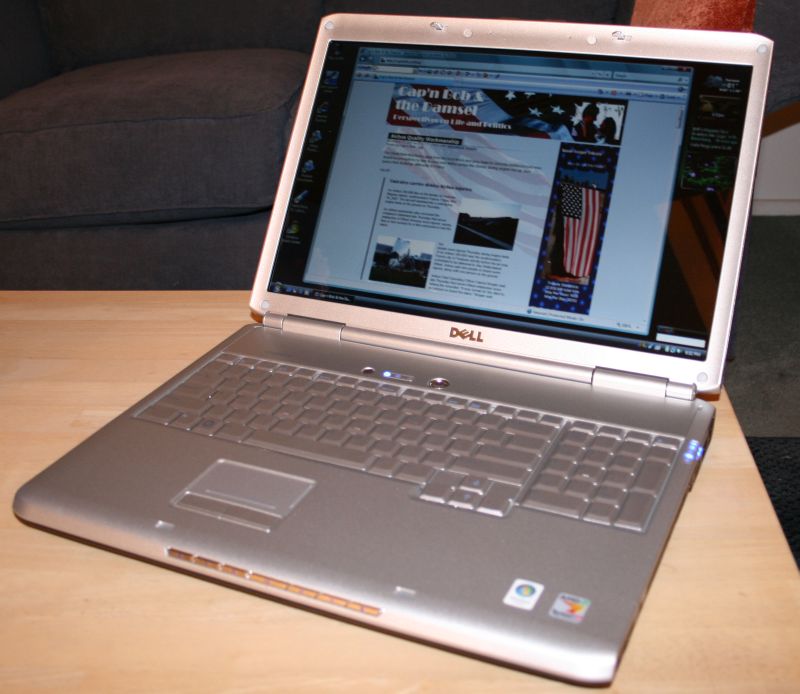
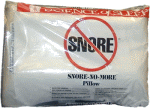 The computer reduces or enlarges air compartments within the pillow to facilitate nasal airflow to minimize snoring.
The computer reduces or enlarges air compartments within the pillow to facilitate nasal airflow to minimize snoring.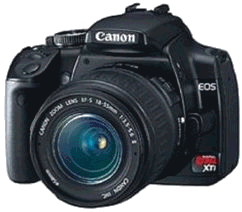 In a few days, I am getting an updated Canon Digital Rebel XTi camera. My current camera, a Canon Digital Rebel 300D, is still a great camera and takes beautiful pictures. I’m not exactly going to retire it, but likely it will be in my camera bag as a standby camera (like with a telephoto or wide-angle lens). All my old lenses will work with the new camera. The old camera can be at the ready should I need it during the next
In a few days, I am getting an updated Canon Digital Rebel XTi camera. My current camera, a Canon Digital Rebel 300D, is still a great camera and takes beautiful pictures. I’m not exactly going to retire it, but likely it will be in my camera bag as a standby camera (like with a telephoto or wide-angle lens). All my old lenses will work with the new camera. The old camera can be at the ready should I need it during the next  Imagine having your own domain name for your weblog — you know, like yourname.com or yourorganization.org or yourpetproject.us — think of how much cooler that would be than yourblog.blogspot.com. But wait — there’s more — you also get custom eMail addresses such as nickname@yourblog.com or family@yourblog.com or friend@yourblog.com and so on. Setting up and managing your own weblog domain may be less expensive and easier than you think.
Imagine having your own domain name for your weblog — you know, like yourname.com or yourorganization.org or yourpetproject.us — think of how much cooler that would be than yourblog.blogspot.com. But wait — there’s more — you also get custom eMail addresses such as nickname@yourblog.com or family@yourblog.com or friend@yourblog.com and so on. Setting up and managing your own weblog domain may be less expensive and easier than you think.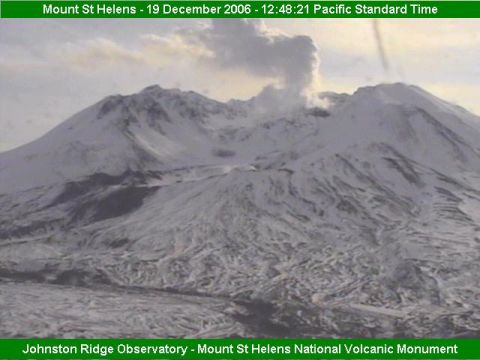
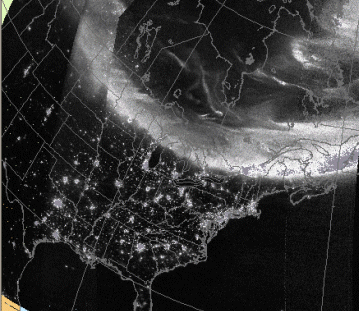 The bright arc stretching from Montana to Maine is the aurora Borealis. In many places it completely overwhelms the city lights below.
The bright arc stretching from Montana to Maine is the aurora Borealis. In many places it completely overwhelms the city lights below.